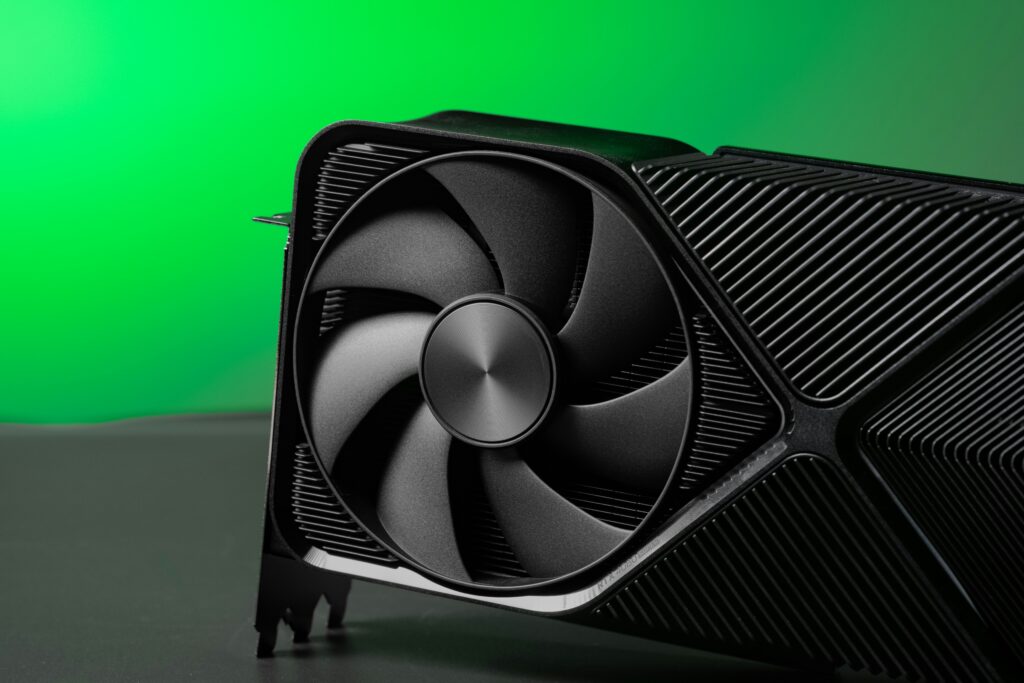The Dawn of a New Era: Blackwell’s Consumer Debut
Following the official unveiling of the Blackwell architecture for data centers, the tech community is buzzing with speculation about its consumer adaptation. While NVIDIA has yet to make a formal announcement regarding the RTX 50 series – the expected consumer line based on Blackwell – industry whispers and detailed leaks paint a vivid picture of what’s to come. Experts predict that the first consumer GPUs leveraging the Blackwell architecture could arrive as early as late 2024 or early 2025, marking a pivotal moment for PC hardware. This generational leap isn’t just about incremental improvements; it’s about setting new standards for graphical fidelity and processing power.
These upcoming GPUs are not only expected to push the boundaries of traditional rasterization but also dramatically enhance capabilities in ray tracing and AI-powered rendering. This signals NVIDIA’s continued commitment to leading the charge in visual computing, ensuring that the next wave of games and applications will be more immersive and visually stunning than ever before.
Architectural Marvels: What Blackwell Brings to the Table
The Blackwell architecture is poised to introduce a host of groundbreaking advancements that will underpin its superior performance. While specific consumer details are still under wraps, insights from the data center versions suggest a significant overhaul of core components. Expect enhanced CUDA Cores, offering raw processing power far exceeding previous generations. Ray Tracing Cores are likely to see substantial improvements, delivering more realistic lighting and reflections with less performance overhead. Furthermore, upgraded Tensor Cores will supercharge AI workloads, benefiting features like NVIDIA’s DLSS (Deep Learning Super Sampling) for sharper images and higher frame rates.
A major highlight could be the integration of GDDR7 memory, providing unprecedented bandwidth to feed the beastly GPU cores. This will be crucial for handling the massive textures and complex scenes of future high-resolution games. There are also strong indications that Blackwell might adopt a multi-chip module (MCM) design for some higher-end variants, a move that could unlock scalability and performance levels previously thought impossible for single-GPU solutions. This innovative approach aligns with NVIDIA’s track record of pushing technological boundaries, evident in their past architectural leaps. For a look back at the previous generation’s impact, read our in-depth review of the RTX 40 Series.
Transforming Gaming and Beyond: Impact on Users
The arrival of Blackwell-powered GPUs will have a profound impact across various sectors. For gamers, the promise is clear: unparalleled performance in 4K resolution, even with demanding ray tracing effects enabled. This means smoother gameplay, breathtaking visuals, and new levels of immersion in the most graphically intensive titles. Esports professionals and casual players alike will benefit from the increased frame rates and reduced latency, offering a competitive edge and a more enjoyable experience.
Beyond gaming, content creators stand to gain immensely. Video editors will experience faster rendering times, 3D artists will be able to work with more complex models and scenes in real-time, and AI developers will find a powerful new platform for training and inferencing. The enhanced Tensor Cores will accelerate creative applications and scientific simulations, democratizing access to high-performance computing. This surge in capabilities is also expected to influence the broader PC hardware market, potentially driving innovation in display technologies and power supply units to keep pace with these new powerhouses.
Expert Insights and the Road Ahead
Industry analysts and tech experts are closely monitoring the developments surrounding NVIDIA’s Blackwell architecture. Many predict that Blackwell will solidify NVIDIA’s dominant position in the high-end GPU market, further challenging competitors like AMD and Intel to innovate at an accelerated pace. The potential for a significant performance leap could also reshape pricing strategies across the board, potentially leading to more competitive offerings in various segments. Experts also anticipate a continued focus on power efficiency, as high-performance components invariably face thermal and energy consumption challenges.
The integration of advanced AI capabilities within the GPU architecture is seen as a strategic move, aligning with the growing trend of AI-powered features in everything from operating systems to creative software. This dual focus on raw graphics power and intelligent processing positions Blackwell as more than just a gaming upgrade; it’s a foundational technology for the next decade of computing. Keep an eye on the latest hardware news via trusted sources like Tom’s Hardware’s NVIDIA section for breaking updates as they emerge.
A Glimpse into Tomorrow’s Graphics
The anticipation for NVIDIA’s Blackwell consumer GPUs is palpable, and for good reason. From architectural innovations like GDDR7 memory and potential MCM designs to their transformative impact on gaming and creative workflows, Blackwell is poised to be a true game-changer. As we await official announcements and detailed specifications, one thing is clear: the future of graphics is brighter and more powerful than ever before.

